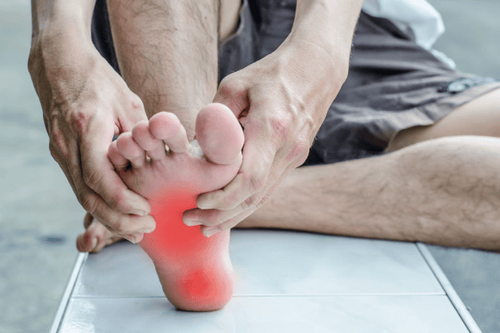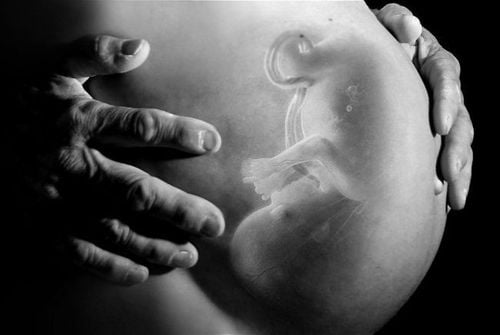This is an automatically translated article.
The article was professionally consulted by Specialist Doctor I Nguyen Thanh Hai - Radiologist - Department of Diagnostic Imaging and Nuclear Medicine - Vinmec Times City International General Hospital.Injuries to the metatarsal bones require the use of an upright X-ray method of the foot to determine the exact location of the injury. This is also an effective method to quickly identify lesions that are often prescribed by doctors in medical examination and treatment.
1. When to take an x-ray of the right foot?
The foot is calculated from the ankles to the tips of the toes with a complex anatomical structure including 26 irregularly shaped bones, 30 synovial joints. More than 100 ligaments and 30 muscles act on different segments.The metatarsal bones are divided into three regions:
Back foot: Wedge and cuboid Midfoot: clavicle, tricuspid and cuboid Forefoot: metatarsal and toe bones. Injuries to the foot cause pain and difficulty in the patient's daily activities. To accurately diagnose foot injury, the specialist will assign the patient to take X-ray of the foot straight to make the final diagnosis.
X-ray is an effective method to help doctors diagnose the most accurate and fastest medical condition to help promptly provide treatment options.

Khi bàn chân người bệnh bị đau đơn gây khó khăn trong sinh hoạt thì được chỉ định chụp X-quang
Foot fractures Foot bone pain of unknown cause Dislocation Arthritis
2. X-ray procedure of upright foot
2.1 Preparation steps before taking X-ray of the foot The following are the steps to prepare before taking X-ray:The patient takes the order form to take X-ray of the foot and goes to the designated place to take the X-ray. X-ray. Invite the patient into the imaging room, explain to the patient about the imaging process. Instruct the patient to expose the area of the foot to be photographed, and to remove any jewelry, if any. 2.2 Procedure for X-Ray of Straight Feet 2.2.1 For X-Ray of Straight Feet Instruct the patient to lie on their back or sit on the examination table, with the foot on the right side slightly bent and the foot close to the table and Enter between. Align the II metatarsal axis to the center of the film vertically and place the mark right or left. The X-ray ball is projected from above at an angle of 15-20 degrees to the heel, the central ray is focused on the point 2cm from the lateral end of the II metatarsal bone to the heel pgias.

Quy trình chụp X-quang bàn chân thẳng nghiêng
2.3 Evaluation of results After the results are available, the metaphyseal radiograph must meet the following requirements:
Obtain the metatarsal bones The right leg to be photographed is in the middle of the film The metatarsal bones do not overlap. The film has contrast sharpness, the film is clean without scratches. Have the patient's full name, P and T markings, date and year of the scan. Doctor Hai has more than 20 years of experience in the field of diagnostic imaging, especially in the field of multi-slice computed tomography, magnetic resonance. Currently, the doctor is working at the Department of Diagnostic Imaging and Nuclear Medicine - Vinmec Times City International Hospital.
Any questions that need to be answered by a specialist doctor as well as customers wishing to be examined and treated at Vinmec International General Hospital, you can contact Vinmec Health System nationwide or register online HERE.
MORE
What do your feet say about your health? After fracture surgery, why can't the foot be flexed? Is it okay to have swelling after removing the cast and fracture the foot?














